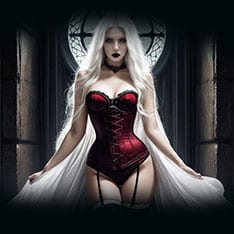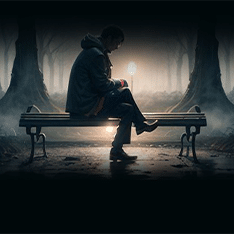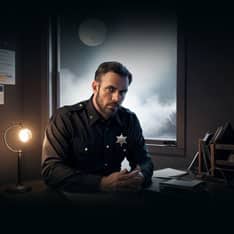Home > The Study
The Study
Take a Tour
Alistair Cross offers insights into the development of his books, the characters who populate them, and the inspiration behind them. You can also read interviews that examine Alistair’s career, giving an inside look into his process and his life as a writer.
Filter posts by topic
Behind the Book: The White Room

The title, The White Room, has a long, meandering history that goes all the way back to 2005, when I first got serious about writing. It’s named after an actual room I visited at a club that year. Several online sources claim that the white room in question was a BDSM room I went to — and that’s not true. The BDSM rooms came later, during research, after I titled the book. The place I actually named it after was just an upstairs room in a nightclub that…
Gretchen VanTreese

Cade Colter

As for the development of his personality, that goes all the way back to the late 1990s, when I first decided I wanted to try this writing thing — long before I actually got published. I wanted Cade to be relatable — neither too good-looking,…
Brooks Colter

Ethan Hunter

